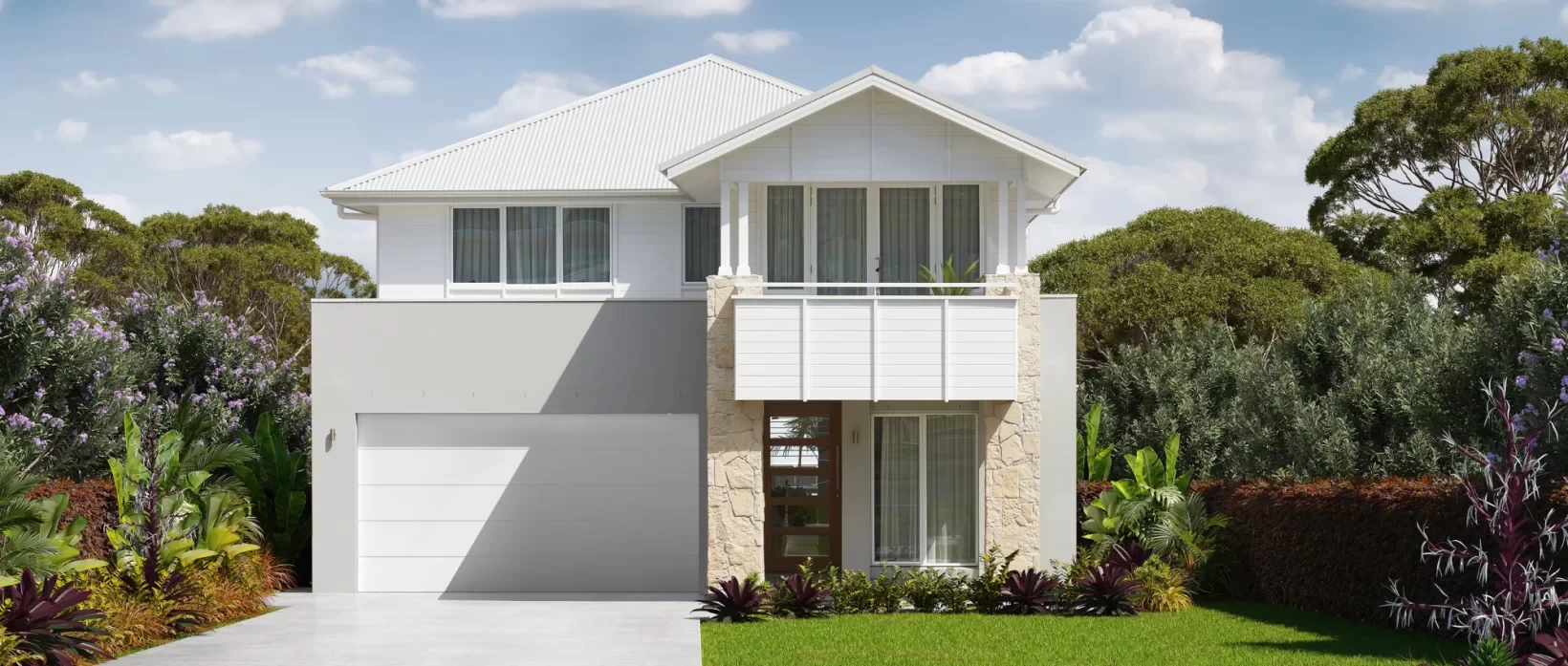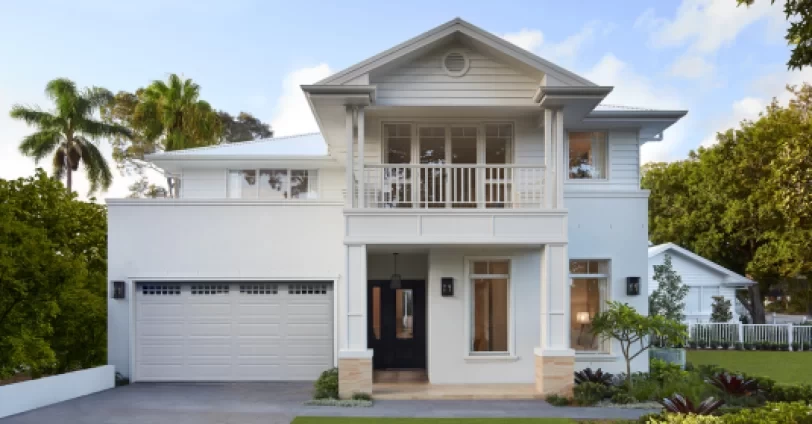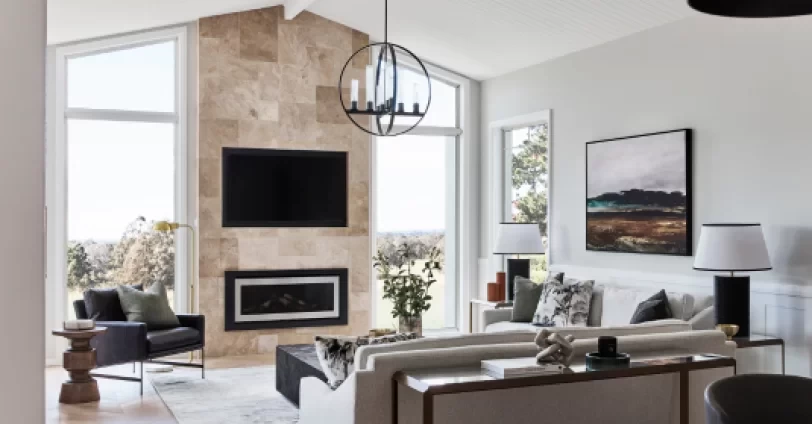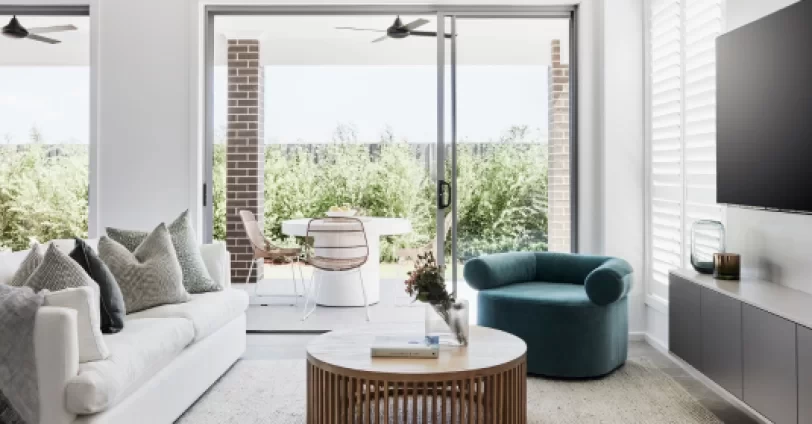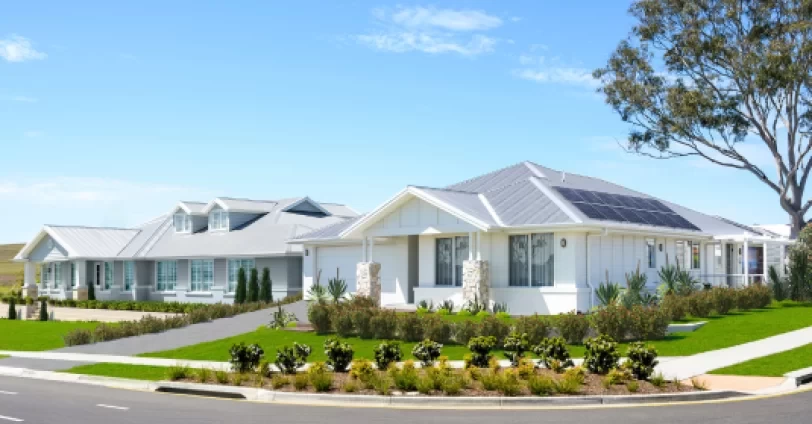In a climate as warm as Australia's, choosing the right colour scheme for your home can have a big impact on its overall energy efficiency. It's also one of the design choices that can help new houses adhere to the 7-star energy efficiency rating required under the NSW government's BASIX standards.
Lisa Haddad, Lifestyle Studio Manager at Clarendon Homes, shares her insights into how to pick the right colours for an energy-efficient living environment, and strike the right balance between style and sustainability.
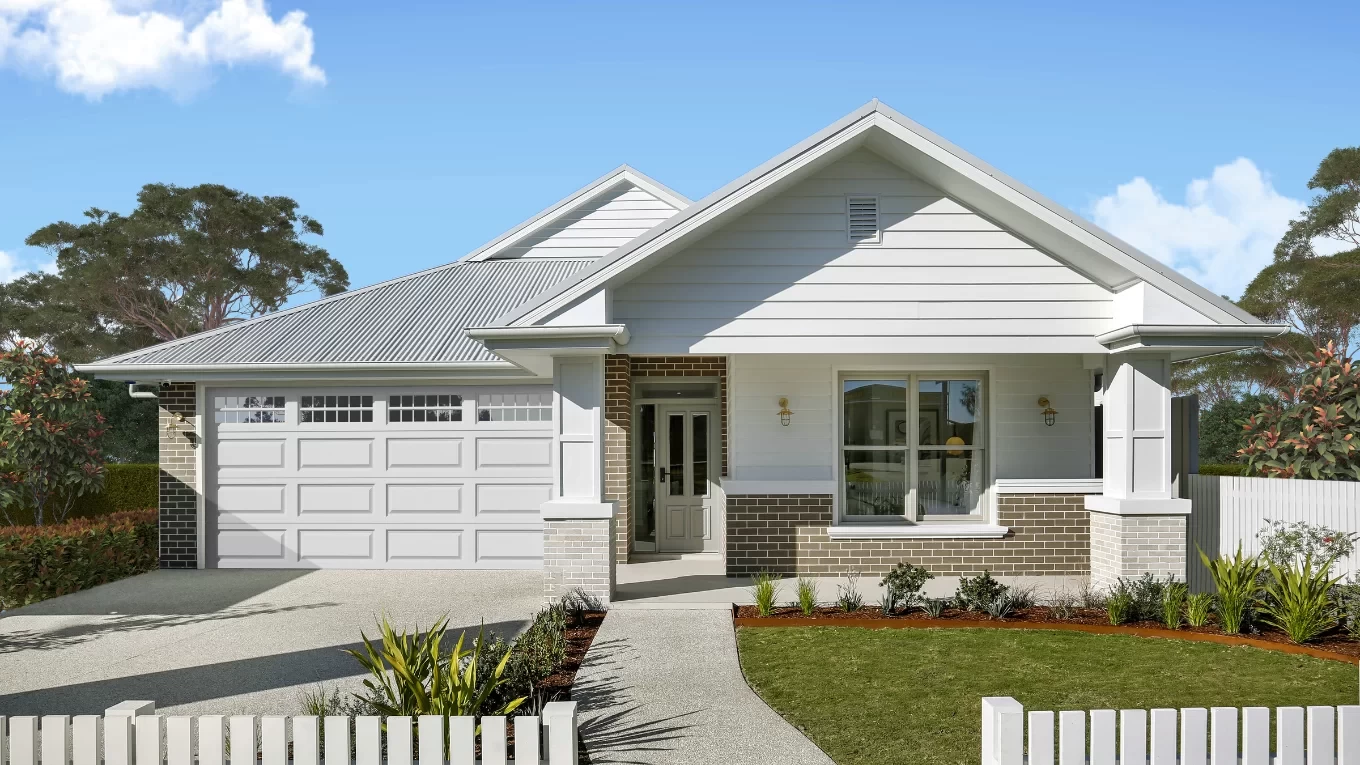
House Colour trends
One of the most common crossroads new homeowners find themselves at is when new colour trends clash with the BASIX requirements. “Darker colours such as charcoal, grey, and black have been in vogue in the past,” Lisa explained. “But they might not be the most efficient choice if the home has a cool load issue, depending on factors like the home's orientation, size, and design. The use of dark-coloured materials, such as bricks, also significantly influences the assessment of a home’s BASIX rating. A home’s BASIX assessment.”
Lighter colour homes for energy efficiency
Homes constructed with dark bricks tend to trap and absorb heat, making them less energy efficient. This can lead to a range of challenges, including the need for additional cooling solutions, such as fans or changes to window sizes, which can affect the cost and environmental footprint in the long run.
Trends are constantly evolving and finding new solutions for keeping our environmental footprint low. “There is a resurgence of interest in lighter colours, including roofs and walls. Many developers are incorporating requirements for specific colours, reflecting a greater awareness of energy efficiency, passive design, and environmental sustainability,” Lisa said.
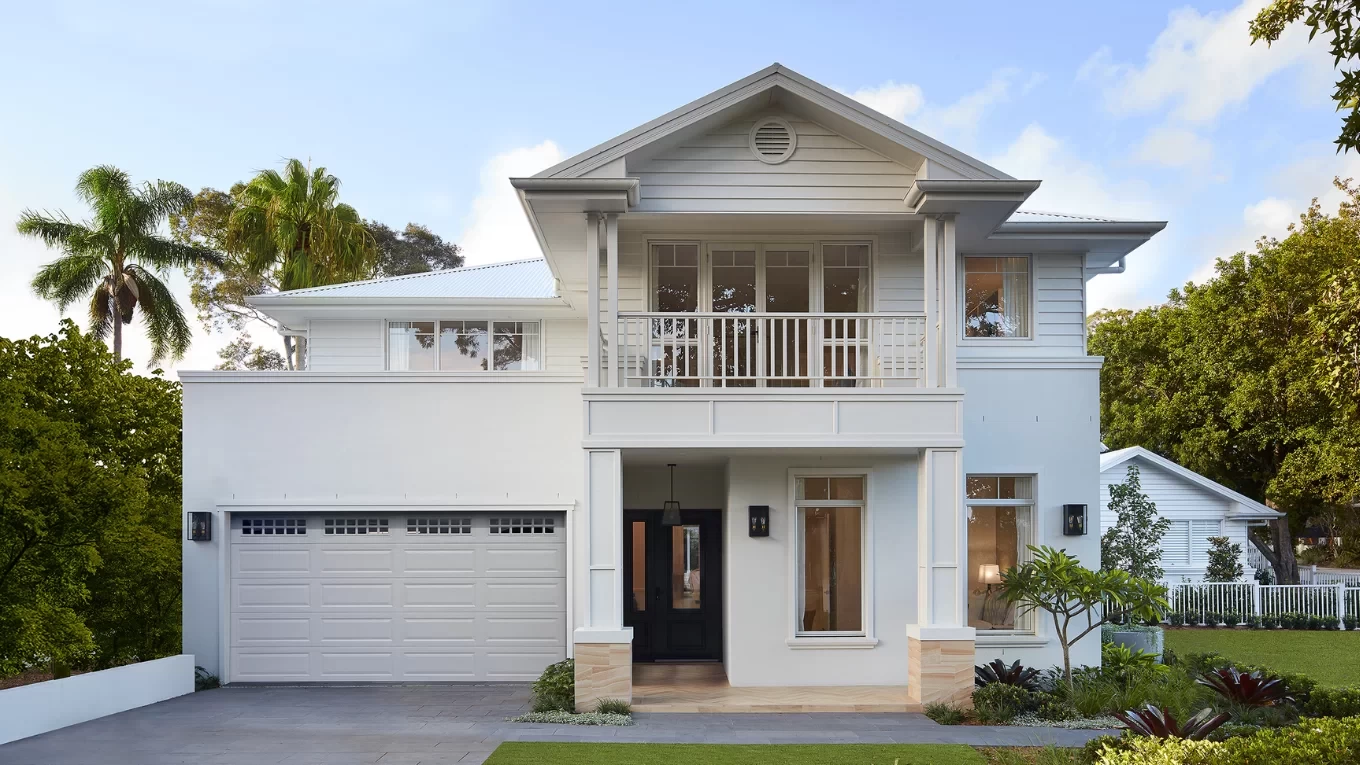
Roof Colour: The Wider Impact
The choice of colour for your home's features, such as the façade, roof and walls, can all have an impact on your property’s energy efficiency. But there are some broader impacts you might not be aware of. In densely populated areas, dark-coloured roofs not only reduce the thermal performance for individual homes, but they also create what’s known as urban heat islands. These heat islands affect the entire neighborhood, making the surrounding environment hotter. They also impact the thermal performance of neighboring homes.
By understanding the impact of colours, you can make informed and sustainable choices without compromising on your personal style and comfort.
For more information about BASIX and its impact on your home, consult our BASIX guide.
Ready to transform your home with colours that are both stylish and sustainable?
